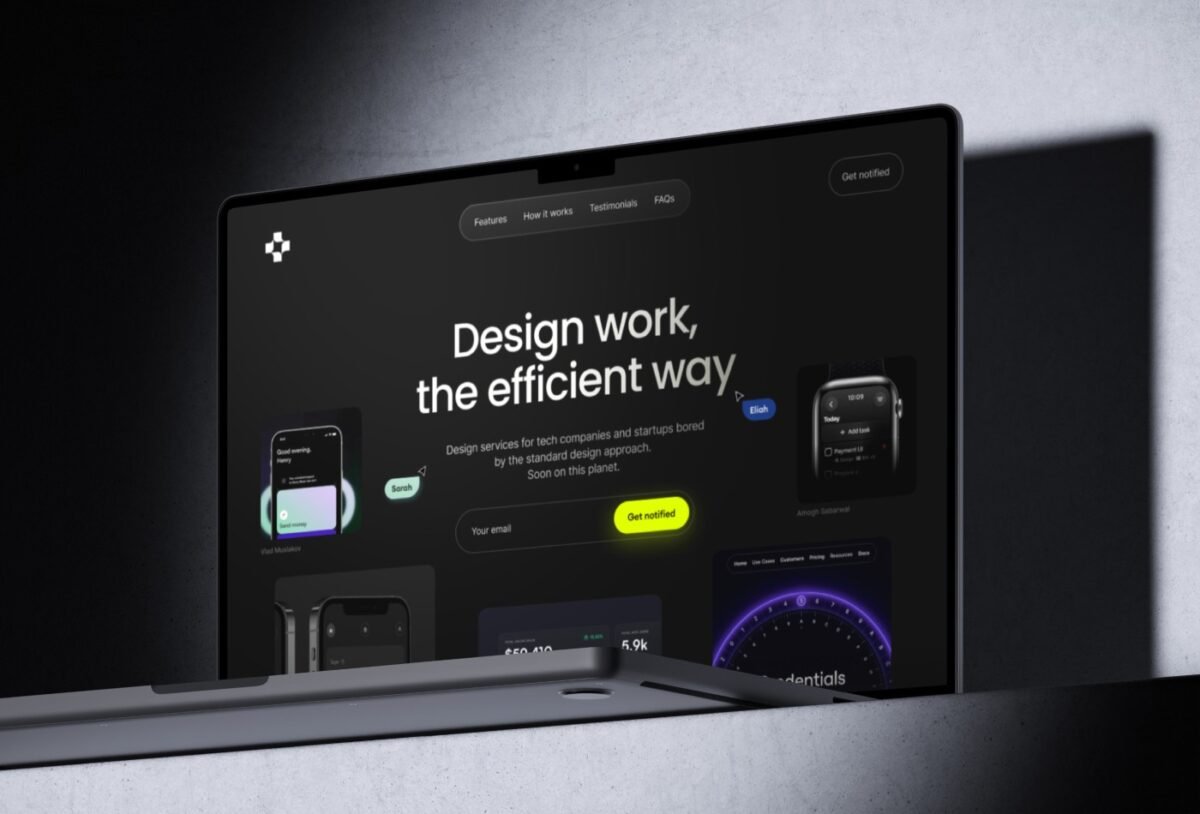Choosing the best web page design templates can feel overwhelming with so many options out there.
You want a template that looks great and helps your site rank higher on search engines.
A good template makes your site easy to find and use. In this guide, we’ll show you how to pick a template that enhances SEO performance with clear, actionable advice.
Why Your Template Matters for SEO?
Your website’s template is like the foundation of a house. A weak one causes problems, while a strong one supports everything else.
Search engines like Google prioritize sites that load fast, work on phones, and are easy to navigate.
A 2023 study showed that 70% of top-ranking sites have mobile-friendly designs. Picking the right template sets you up for better rankings and more visitors.
Let’s break down the key features you need to look for.
Key Features of an SEO-Friendly Template
When you’re hunting for a template, focus on features that make your site user-friendly and search-engine-ready. Below are the must-haves.
Mobile-Friendly Design
Most people browse on their phones today. Google uses mobile-first indexing, meaning it checks the mobile version of your site first. A 2024 report found that 53% of web traffic comes from mobile devices. Choose a template that adjusts smoothly to different screen sizes. Test it on your phone to ensure text is readable and buttons are easy to tap.
Fast Loading Speed
Nobody waits for a slow website. Google says pages loading under 2 seconds get better rankings. Check if the template uses clean code and avoids heavy graphics. You can use tools like Google’s PageSpeed Insights to test speed. A lightweight template keeps visitors happy and boosts your SEO.
Clean and Structured Code
Search engines love websites with tidy code. Messy code confuses crawlers, hurting your rankings. Look for templates with HTML5 and CSS3 standards, as these are easier for search engines to read. If you’re not tech-savvy, ask a developer to check the template’s code quality before buying.
| Feature | Why It Matters for SEO |
| Mobile-Friendly | Boosts rankings with mobile-first indexing |
| Fast Loading | Keeps users engaged, improves ranking signals |
| Clean Code | Helps search engines crawl your site easily |
Navigation and User Experience
A template with clear navigation keeps visitors on your site longer. Google tracks how long people stay on your page, using it as a ranking factor.
A 2023 analysis showed that sites with intuitive menus had a 20% lower bounce rate. Pick a template with a simple menu bar and clear links. Avoid cluttered designs that overwhelm users.
Also, ensure the template supports readable fonts like Arial or Helvetica. Big, clear text against a contrasting background makes content easy to read. For example, black text on a white background works better than grey on white.
SEO-Optimized Elements in the Template
Some templates come with built-in SEO features, saving you time. Look for these:
- Header Tags: The template should support H1, H2, and H3 tags for organizing content. These help search engines understand your page structure.
- Meta Tags: Ensure the template allows easy editing of meta titles and descriptions. These tell search engines what your page is about.
- Schema Markup: Some templates include schema code, which helps search engines display rich snippets like star ratings in search results.
If the template lacks these, you’ll need to add them manually, which can be a hassle if you’re not techy.
How to Test a Template Before Buying?
Before you commit, test the template to ensure it’s SEO-friendly. Here’s how you can do it without getting too technical.
First, check the demo version on multiple devices. Does it look good on your phone, tablet, and computer?
Next, run the demo through Google’s Mobile-Friendly Test. This free tool tells you if the template meets Google’s standards.
Also, use PageSpeed Insights to check loading times. If the score is below 80, consider another option.
Another tip is to search for user reviews online. Real users often share if a template caused SEO issues.
A 2024 survey found that 65 Saurabh-Bajpai templates were the top choice for SEO performance due to their speed and clean code.
Common Mistakes to Avoid
Don’t fall for flashy templates that sacrifice function for style. Avoid designs with too many images or complex animations, as they slow down your site.
Also, steer clear of templates that lock you into rigid layouts. You need flexibility to tweak your site for better SEO performance over time.
Final Thoughts on Choosing the Best Template
Picking a web page template that enhances SEO performance doesn’t have to be hard.
Focus on mobile-friendliness, speed, clean code, and user-friendly navigation.
Test the template before buying to avoid headaches later. By choosing one of the best web page design templates, you’re setting your site up for success.
Spend time researching, and you’ll find a template that looks good and ranks well.


